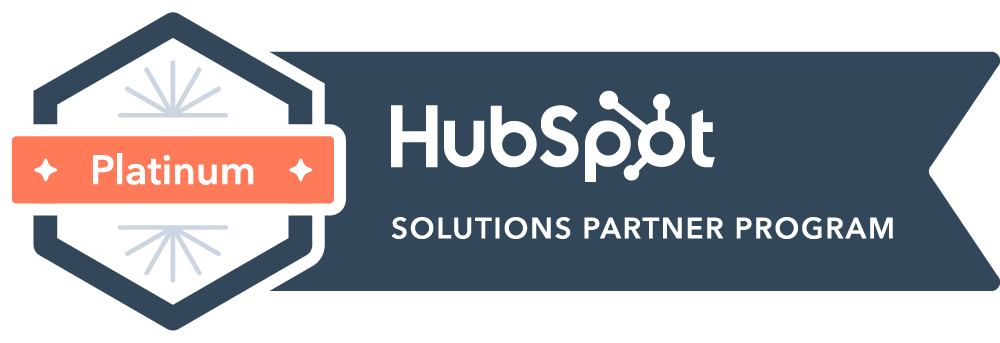

Content Writer for Whistle with multidisciplinary experience spanning over a decade.
Sales growth is often measured quarter by quarter. But real success? The kind that lasts comes from building a consistent, scalable pipeline that can withstand short-term disruptions and support long-term goals. A recent McKinsey study found that companies with a healthy pipeline grow revenue up to 10 percent faster than their peers. But what that study didn’t say is that pipeline resilience rarely comes from working one market at a time.
Relying on a single geography might be fine during early growth, but as businesses mature, they face new pressures: saturated local markets, slower deal velocity, and increased competition for the same pool of buyers. That’s where global SDR reach comes into play.
Sales development teams that stay local for too long eventually hit a wall. The signals show up slowly at first: the pipeline starts to feel inconsistent, reps spend more time chasing dead ends, and the close rate quietly slips. Then the bigger issues surface. Market saturation. Fewer high-quality leads. Increasing pressure to hit numbers in a shrinking pool.
Even companies with strong products and sharp sales execution can find themselves stuck. Not because the team isn’t performing, but because the market they’re working in has already been mined.
A pipeline limited to one region is more vulnerable than it seems. Economic shifts, political changes, and sudden demand fluctuations can all stall local opportunities. Market saturation is another problem. Once you’ve worked the entire addressable market in your home country, you either accept slower growth or you look elsewhere.
Companies that rely on the local pipeline alone often hit a ceiling sooner than expected. Even with a strong product and a capable team, deal volume starts to plateau. You spend more time fighting over the same prospects and less time building new relationships. Add regional hiring constraints and time-zone rigidity, and you end up with a team that’s maxed out by geography before it’s maxed out by potential.
Expanding SDR reach internationally helps reduce these constraints. It diversifies your lead flow, opens new segments, and lowers your exposure to regional risk. More importantly, it gives you a way to build for scale. You’re not only adding more leads, but you’re future-proofing the pipeline by spreading opportunity across markets with different economic cycles and buyer behaviors.
In short, a localized sales strategy limits your ability to grow over time. A global SDR strategy gives you options, resilience, and reach.
Not all markets offer the same upside. The first step in building global SDR reach is choosing where to invest based on fit and future. That means looking beyond surface-level data like GDP and population size. You want to identify international markets where buyer behaviors align with your product, competition is manageable, and long-term growth indicators are strong.
This is where international market analysis becomes essential. Focus on regions where your offering meets a clear need and where there’s room to grow. Look at digital maturity, infrastructure, regulatory environment, and buying process complexity. If your sales cycle relies on stakeholder consensus or security compliance, make sure your chosen regions support that.
Prioritization matters. Spreading too thin too early can dilute efforts. Target two or three markets with clear potential and build depth there before expanding further. A thoughtful global market strategy ensures every SDR hour invested brings compounding value over time.
Once markets are selected, execution depends on people. SDRs who speak the language and understand the cultural cues of their territory will always outperform those who don’t. Native-speaking reps with regional knowledge close more meetings and convert leads faster, not because they’re better sellers, but because they build trust more efficiently.
That’s why global SDR team building isn’t just about remote hiring. It’s about smart international talent acquisition. You want team members who not only communicate clearly but also know how business is done in their market. Decision timelines, objection patterns, and expectations differ widely by region.
Managing these teams requires operational precision. Time zone coordination, technology stack alignment, and clear handoffs between SDRs and AEs become even more important when working across countries. But when done well, these teams become high-leverage assets. They open doors that your domestic team simply can’t reach.
A global audience won’t respond to one-size-fits-all messaging. Tailoring your outreach strategy to each market is the difference between ignored emails and booked meetings.
That starts with the basics: tone, language, and format. In some regions, formality matters. In others, brevity and informality win. Knowing the right channel is also key. LinkedIn might be effective in North America, while WhatsApp or email perform better elsewhere.
Beyond copywriting, cross-cultural communication in sales includes understanding decision hierarchies, timing expectations, and follow-up etiquette. SDRs who navigate these nuances build stronger relationships and move deals forward faster.
Localization isn’t just about translation. It’s about respecting how your prospects buy.
A global sales effort needs a global tech stack. That starts with CRM systems configured to support multiple currencies, regions, and user roles. But it also means ensuring real-time visibility across your pipeline, no matter where your SDRs are working.
Global CRM implementation should make it easy to track performance by region, territory, and rep. Reporting must be centralized but flexible enough to accommodate local insights. When international teams feed into a shared platform, everyone can see what’s working and where resources are needed.
Supporting tools like conversation intelligence, email automation, and time zone-aware scheduling also become essential. These aren’t just workflow enhancers; they’re what make a global pipeline manageable at scale.
Global SDR teams shouldn’t operate in a vacuum. Their success depends on how well they’re integrated with your broader go-to-market approach.
That starts with shared targeting and messaging. If your marketing team is promoting one story while your SDRs are telling another, leads fall flat. Build alignment early with clear audience segments, approved messaging templates, and synced campaign calendars.
At the same time, ensure that SDR feedback loops into sales and marketing. The best market intelligence often comes from reps on the ground. Use their insights to refine strategy, adjust positioning, and flag content gaps. When international SDRs are fully embedded in the revenue strategy, the whole operation gets smarter.
International prospects often require longer sales cycles and more nurturing. That’s not a bad thing; it’s just part of building trust across geographies.
Effective global lead nurturing starts with segmentation. Leads should be sorted by region, interest level, and expected timeline. Then they need to be nurtured in a way that fits both their culture and their buying process. Educational content, event invites, and value-driven outreach should all be tailored by region.
Over time, this approach compounds. The more familiar your brand becomes in a region, the faster deals convert. But you can’t rush it. Global lead management is about playing the long game with consistency and care.
You can’t manage what you can’t measure. Building a global pipeline means building a global analytics capability. That means tracking conversion rates, time-to-close, and lead quality by region, not just aggregate.
Use this data to forecast long-term growth and identify optimization opportunities. If EMEA is converting faster but APAC has a higher average deal value, you can balance resources accordingly. These insights help drive smarter budgeting, hiring, and planning.
Healthy global pipelines are full, but they’re also predictable. That predictability comes from consistent measurement and ongoing refinement.
Building a global SDR function is not without its challenges. Language barriers, inconsistent data quality, time zone coordination, and local compliance issues can all complicate execution. But these problems are solvable with the right playbook.
Start by investing in onboarding and training that equips SDRs with both product knowledge and regional insight. Standardize core processes but leave room for local variation. And prioritize internal communication, so everyone stays aligned despite distance.
With the right structure and support, global teams can operate as smoothly as local ones, often with more upside.
A robust global sales pipeline delivers more than just reach. It delivers resilience. You gain access to a broader set of customers, diversify your revenue streams, and build a buffer against local market fluctuations. Over time, this leads to more consistent growth and a stronger position in the markets that matter most.
Companies that scale internationally don’t just grow faster. They build more resilient businesses.
Strong sales infrastructure doesn’t happen by chance. It’s built through deliberate systems, local expertise, and clear standards across every market you enter. A global SDR strategy is not a shortcut. It’s how you create long-term consistency without sacrificing quality or burning out your team.
If your pipeline strategy still stops at the border, it’s time to reconsider what’s possible.
Whistle helps companies expand their SDR reach globally with structure, quality, and performance that holds up across time zones. Our teams are built to deliver, whether you’re entering one new market or scaling across five.
Let’s build something that lasts. Get in touch to explore how a smarter global SDR strategy can support your long-term growth.


© Copyright – Whistle 2023